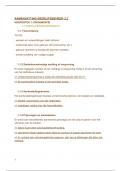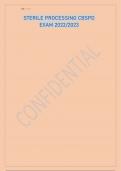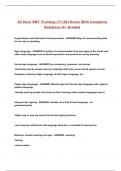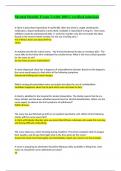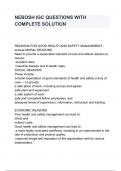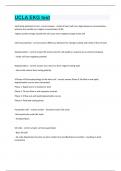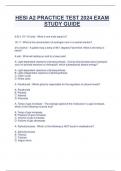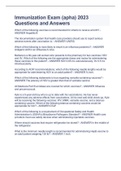Summary
Summary List of most drugs relevant in medical studies
- Course
- Institution
- Book
My summary of most drugs in the pharmacology course Includes a long list of the drugs in different categories, with description of their uses, mechanism of action, and positive/negative effects (made as simple as possible) Easy to locate drugs Based on medical curriculum
[Show more]




